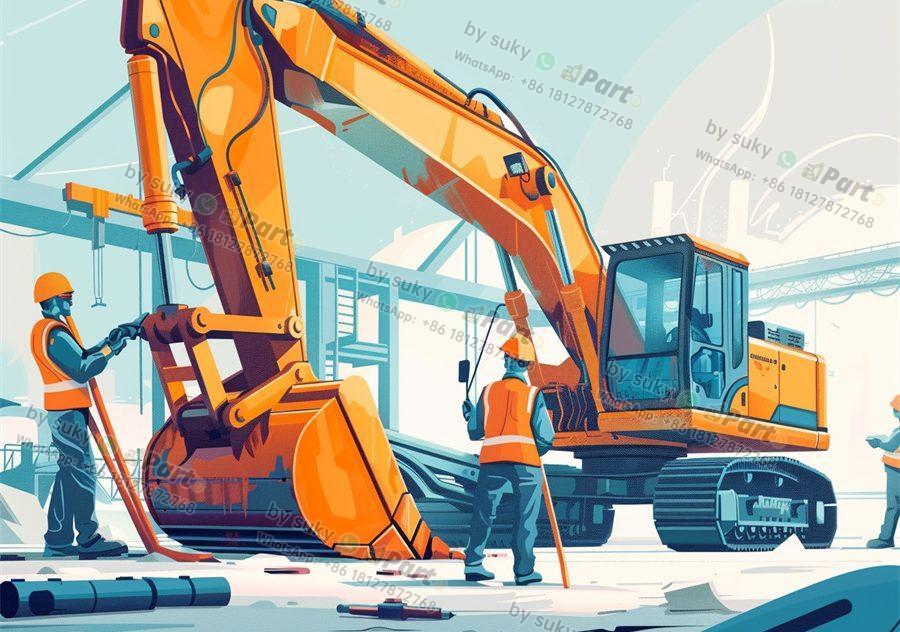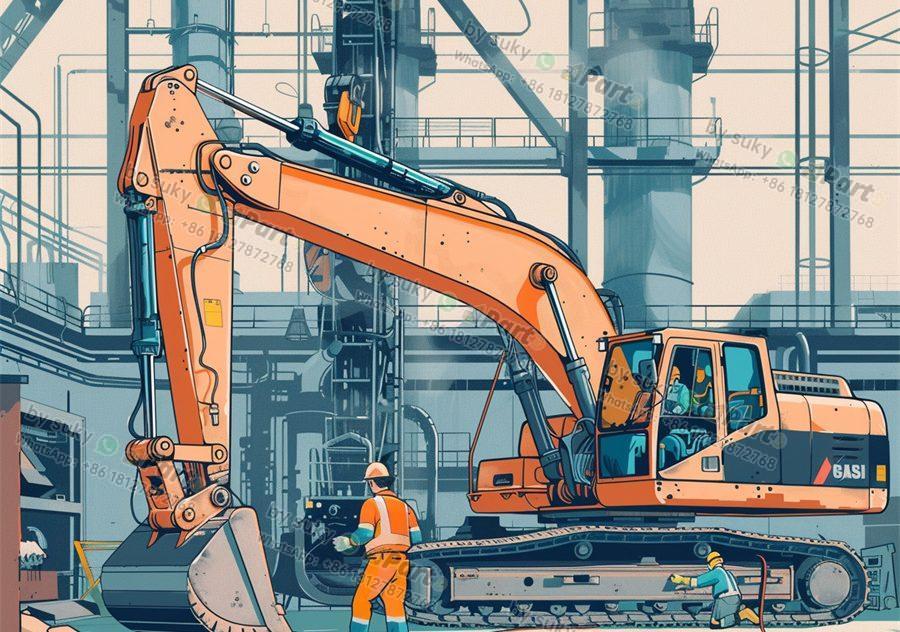Caterpillar C18 Parts: Your Ultimate Guide
Caterpillar C18 engines are widely used in heavy-duty machinery and construction equipment. As an importer or distributor of engineering vehicle parts, having access to a reliable source of Caterpillar C18 parts is essential for your business. In this guide, we will explore the different types of Caterpillar C18 parts available in the market and how you can ensure you are getting high-quality parts for your customers.
Types of Caterpillar C18 Parts
Caterpillar C18 parts come in a variety of types, including engine components, fuel system parts, cooling system parts, and more. Engine components such as pistons, cylinder heads, and camshafts are crucial for the smooth operation of the C18 engine. Fuel system parts like fuel injectors and fuel pumps ensure proper fuel delivery, while cooling system parts like radiators and water pumps help regulate the engine temperature.
Quality Assurance and Testing
When sourcing Caterpillar C18 parts, it is important to ensure that the parts meet the manufacturer’s standards for quality and reliability. Look for suppliers who offer genuine Caterpillar parts, as these are guaranteed to fit and function properly in C18 engines. Additionally, inquire about the testing procedures used by the supplier to ensure that the parts have been thoroughly inspected and are free from defects.
Benefits of Genuine Caterpillar C18 Parts
Using genuine Caterpillar C18 parts offers numerous benefits for both you and your customers. Genuine parts are engineered to precise specifications, ensuring optimal performance and durability. They also come with a warranty, providing peace of mind in case of any issues. By investing in genuine Caterpillar parts, you can maintain the integrity of the C18 engine and prolong its lifespan.
Importance of Regular Maintenance
Regular maintenance is key to ensuring the longevity and performance of Caterpillar C18 engines. Encourage your customers to follow the manufacturer’s recommended maintenance schedule and replace worn-out parts with genuine Caterpillar parts. By staying on top of maintenance tasks, you can prevent costly breakdowns and keep the engine running smoothly.
In summary, sourcing high-quality Caterpillar C18 parts is crucial for anyone involved in the import or distribution of engineering vehicle parts. By choosing genuine parts, ensuring quality assurance, and advocating for regular maintenance, you can provide your customers with reliable parts that will keep their machinery running smoothly. Invest in the best for your business and see the benefits in the long run.






